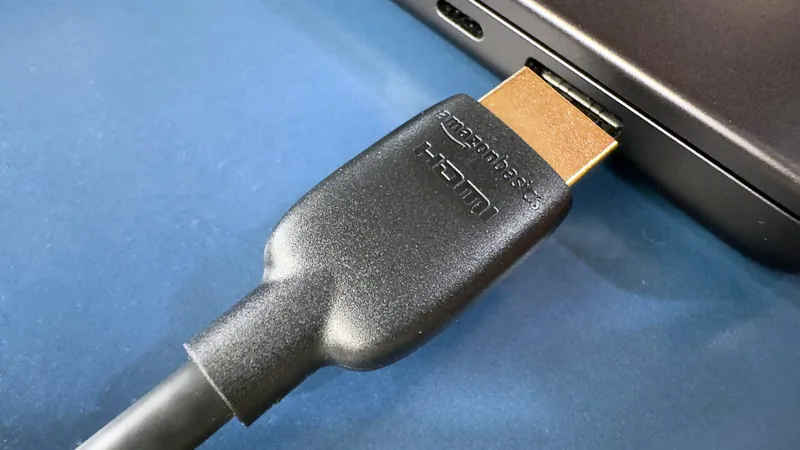
China's Stellar Comeback: How They Saved Stranded Satellites with a Cosmic Trick
2025-04-28
Author: Sophie
In a remarkable turnaround, China has successfully revived two off-course satellites just 123 days after a disastrous launch in March 2024. Utilizing an innovative gravity slingshot technique, scientists turned what could have been a monumental failure into a triumphant recovery.
A Mission Gone Awry
Originally designed to create a constellation of navigational beacons for space travel, the satellites faced disaster due to a mishap during their launch. After the launch failure, engineers at the Technology and Engineering Center for Space Utilization (CSU) were tasked with salvaging the mission against all odds.
Introducing the Distant Retrograde Orbit Satellites
The satellites, known as DRO-A and DRO-B, are part of China’s ambitious space program aimed at revolutionizing navigation. Together with an earlier satellite, DRO-L, they enhance guidance capabilities for autonomous spacecraft, setting the stage for future lunar explorations.
Mao Xinyuan, a researcher from Central Southern University, likened them to 'lighthouses in space,' dramatically improving spacecraft positioning from a lengthy two days to just three hours.
Turning Challenges into Opportunities
The path to success was fraught with challenges. Following initial shock over the failed launch, the team led by Zhang Hao prioritized assessing the satellites' condition. "If the satellites were destroyed, it would have shattered years of hard work and financial investment," he explained. Fortunately, they discovered that both satellites were intact, albeit spinning wildly and much closer to Earth than expected.
Harnessing Cosmic Forces
Facing an uphill battle due to damage from the launch, which hindered the satellites’ solar energy collection, the team ingeniously turned to gravitational forces. By executing a series of slingshot maneuvers using Earth, the Sun, and the Moon's gravity, they managed to guide the satellites back to their rightful orbits.
Despite the stress of the time-sensitive task, Zhang and his team persevered, with one of the most crucial maneuvers taking only 20 nail-biting minutes to execute.
A New Dawn in Space Navigation
As China celebrates this phenomenal achievement, the DRO constellation is not just about rescuing satellites; it’s about paving the way for the future of autonomous space travel. With these advanced satellites now operational, they promise to redefine how we navigate the vast expanse of space, heralding a new era in exploration.
In the words of Wang Wenbin, another CSU researcher, the technology could soon enable spacecraft to automatically chart their paths, making deep space exploration more accessible than ever.









 Brasil (PT)
Brasil (PT)
 Canada (EN)
Canada (EN)
 Chile (ES)
Chile (ES)
 Česko (CS)
Česko (CS)
 대한민국 (KO)
대한민국 (KO)
 España (ES)
España (ES)
 France (FR)
France (FR)
 Hong Kong (EN)
Hong Kong (EN)
 Italia (IT)
Italia (IT)
 日本 (JA)
日本 (JA)
 Magyarország (HU)
Magyarország (HU)
 Norge (NO)
Norge (NO)
 Polska (PL)
Polska (PL)
 Schweiz (DE)
Schweiz (DE)
 Singapore (EN)
Singapore (EN)
 Sverige (SV)
Sverige (SV)
 Suomi (FI)
Suomi (FI)
 Türkiye (TR)
Türkiye (TR)
 الإمارات العربية المتحدة (AR)
الإمارات العربية المتحدة (AR)